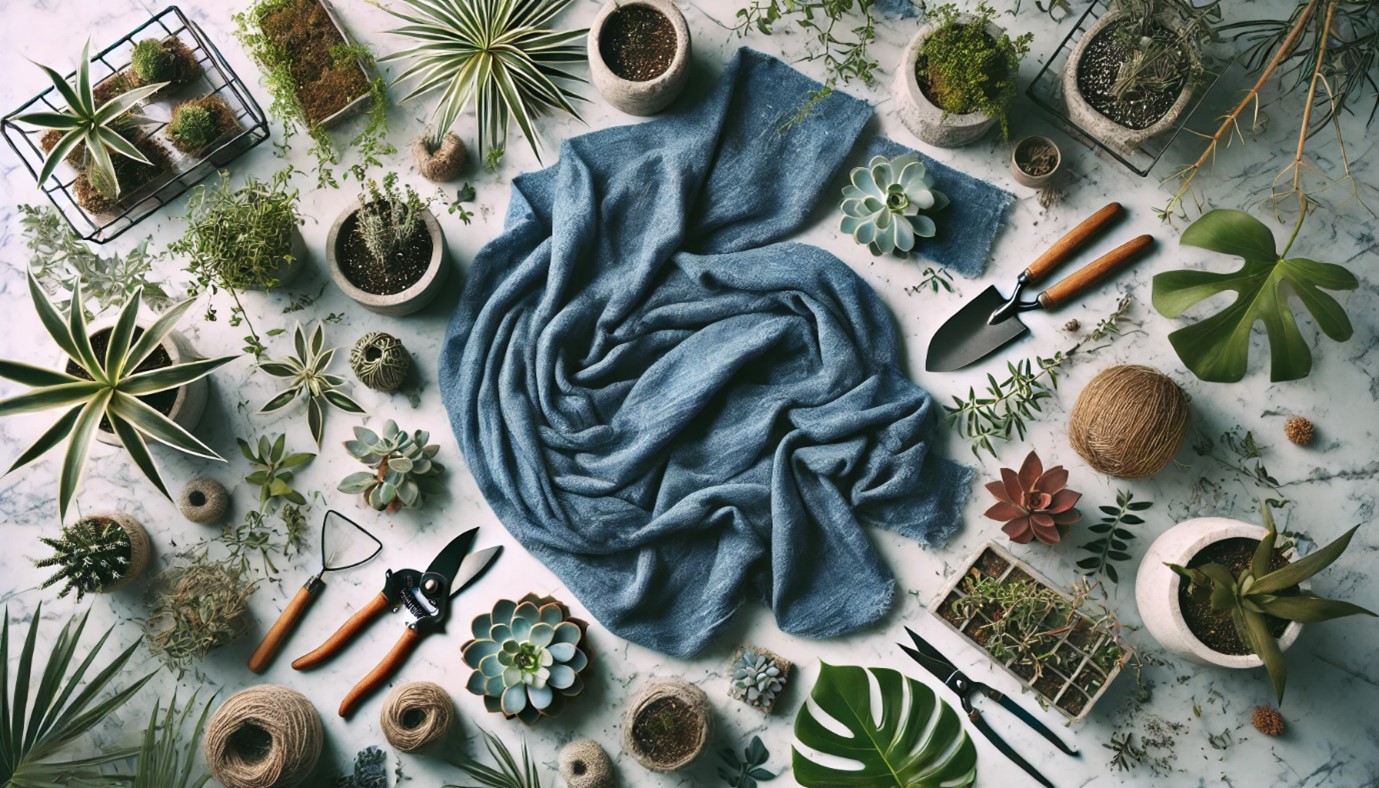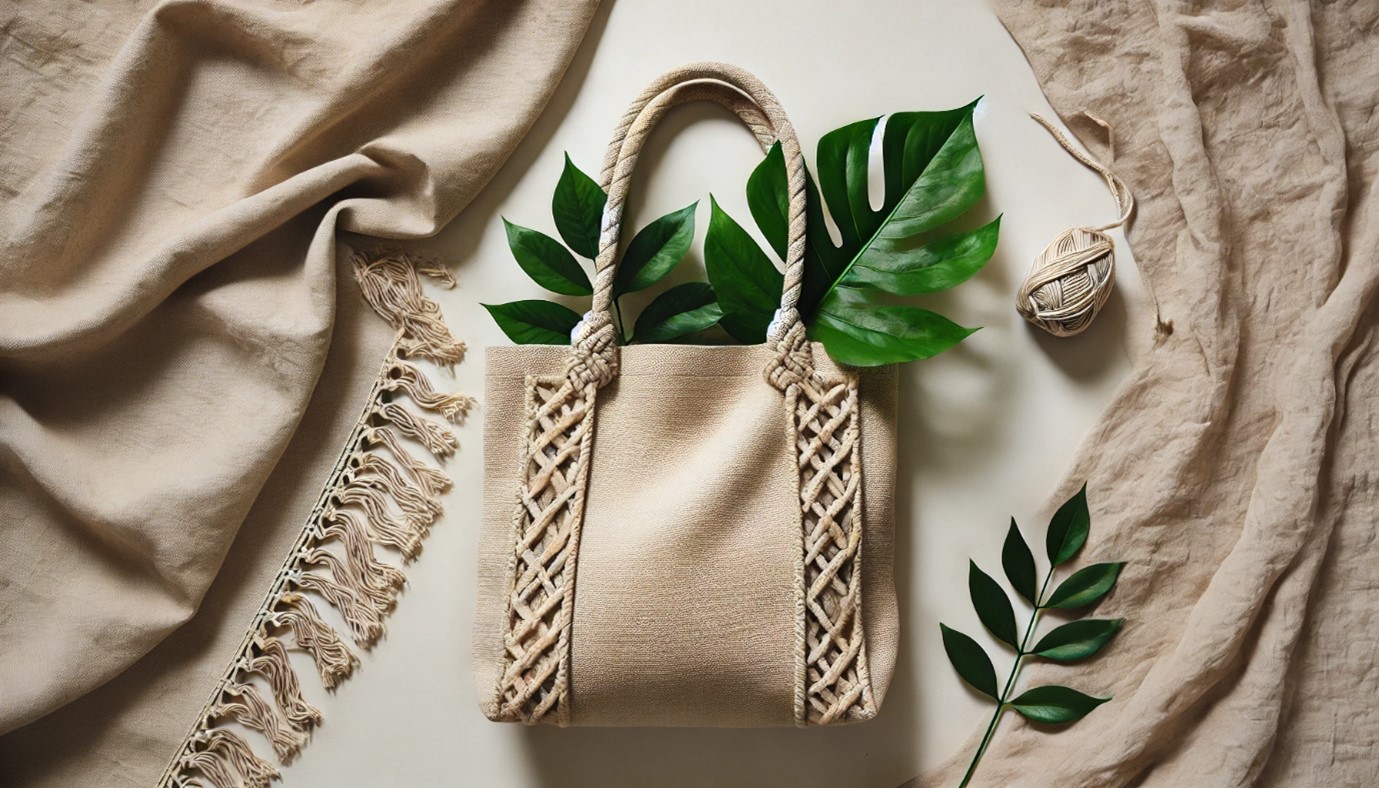PG TRB Major Books now available at 10% DiscountShop Today
UGC NET June 2025 Results are Out! Check Now
UGC NET June 2025 Certificates Released Download Now
Admissions Open for UGC NET 2025 Join Now
Admissions Open for TNTET 2025 Join Now
PG TRB Major Books now available at 10% DiscountShop Today
UGC NET June 2025 Results are Out! Check Now
UGC NET June 2025 Certificates Released Download Now
Admissions Open for UGC NET 2025 Join Now
Admissions Open for TNTET 2025 Join Now
In recent years, the fashion and textile industry has been undergoing a transformative shift towards sustainability. As consumers become more aware of the environmental and social impacts of their purchasing decisions, the demand for sustainable textiles has surged. This post explores what makes textiles sustainable, the benefits of using these materials, and how they are shaping the future of fashion.

Sustainable textiles are materials produced with consideration for environmental, social, and economic sustainability. They minimize negative impacts on the environment and promote fair and safe labour practices.
Some key characteristics of sustainable textiles include:
1. Eco-friendly materials: These are derived from renewable sources, such as organic cotton, hemp, bamboo, and Tencel. They can also include recycled fibers like recycled polyester or upcycled materials.
2. Ethical production processes: Sustainable textiles are produced using methods that reduce water usage, energy consumption, and chemical waste. This includes techniques like waterless dyeing and the use of natural dyes.
3. Fair labor practices: Ensuring that workers are paid fair wages and work under safe conditions is a critical aspect of sustainability.
4. Biodegradability and recyclability: Sustainable textiles are designed to break down naturally or be easily recycled at the end of their life cycle, reducing landfill waste.

1. Environmental Impact: By reducing the use of water, energy, and harmful chemicals, sustainable textiles significantly lower the environmental footprint of the fashion industry. For instance, organic cotton farming uses less water and avoids harmful pesticides.
2. Health and Safety: Sustainable textiles often avoid toxic chemicals that can be harmful to both workers and consumers. This results in safer products and working conditions.
3. Economic Benefits: As the market for sustainable products grows, new job opportunities are created in green technology and ethical fashion, boosting local economies.
4. Consumer Trust and Brand Loyalty: Companies that prioritize sustainability can build stronger relationships with consumers who are increasingly looking to support brands that align with their values.

1. Biofabrication: This cutting-edge technology involves growing textiles in labs using microorganisms. Materials like lab-grown leather and spider silk are emerging as sustainable alternatives to traditional fabrics.
2. 3D Printing: This technique reduces waste by allowing designers to create garments with precise measurements, eliminating the need for excess fabric.
3. Circular Fashion: This concept focuses on designing products with their entire life cycle in mind. It promotes recycling and upcycling to extend the lifespan of materials.
While the movement towards sustainable textiles is gaining momentum, there are challenges to overcome. The cost of sustainable materials can be higher than conventional options, making them less accessible to some consumers and manufacturers. Additionally, there is a need for standardized certifications and regulations to ensure that textiles labeled as “sustainable” truly meet environmental and ethical standards.
Looking ahead, collaboration between governments, businesses, and consumers will be crucial in driving the adoption of sustainable textiles. As innovation continues to advance, the industry is likely to see new materials and technologies that will make sustainable options more affordable and accessible.
Sustainable textiles are more than just a trend; they are an essential component of a responsible and forward-thinking fashion industry. By choosing sustainable materials, consumers can play a pivotal role in reducing the environmental impact of their wardrobes while supporting ethical labor practices. As the industry continues to innovate and evolve, sustainable textiles promise a greener, more equitable future for all.
Whether you’re a fashion enthusiast or an eco-conscious shopper or a UGC NET Aspirant, embracing sustainable textiles is a powerful way to contribute to a healthier planet and a fairer world.
A. Growing textiles in labs using microorganisms
B. Mass production of textiles using synthetic fibers
C. Dyeing fabrics using chemical dyes
D. Harvesting traditional crops for fabric production
Answer: A. Growing textiles in labs using microorganisms
Explanation: Biofabrication involves innovative processes like growing materials such as lab-grown leather in controlled environments.
A. Eco-friendly materials
B. Ethical production processes
C. Use of synthetic dyes
D. Fair labor practices
Answer: C. Use of synthetic dyes
Explanation: Sustainable textiles avoid toxic synthetic dyes, favoring natural dyes to reduce environmental harm.
Hi!
